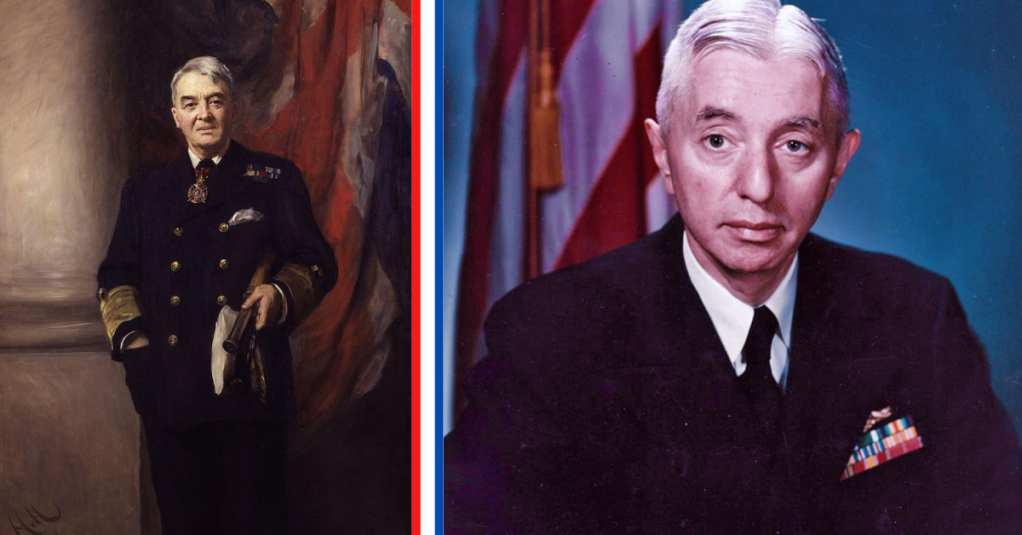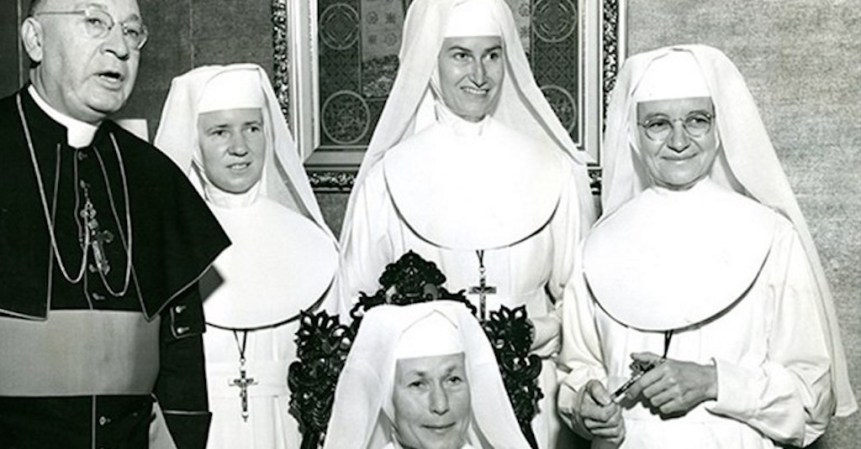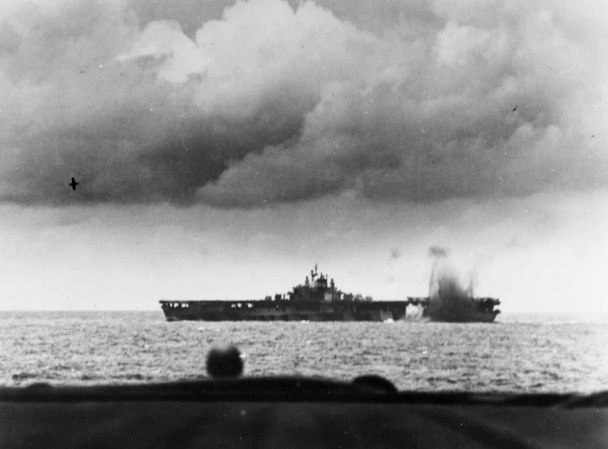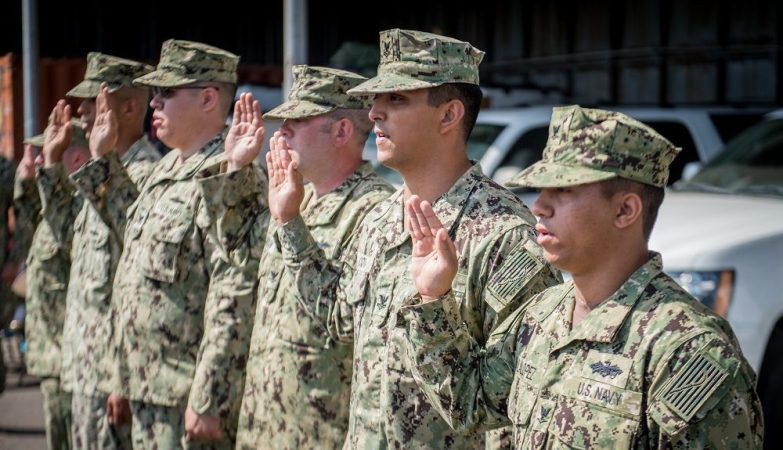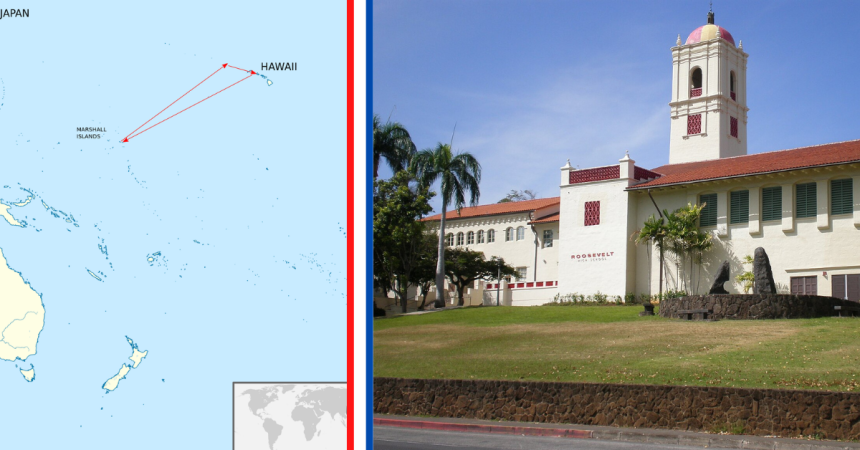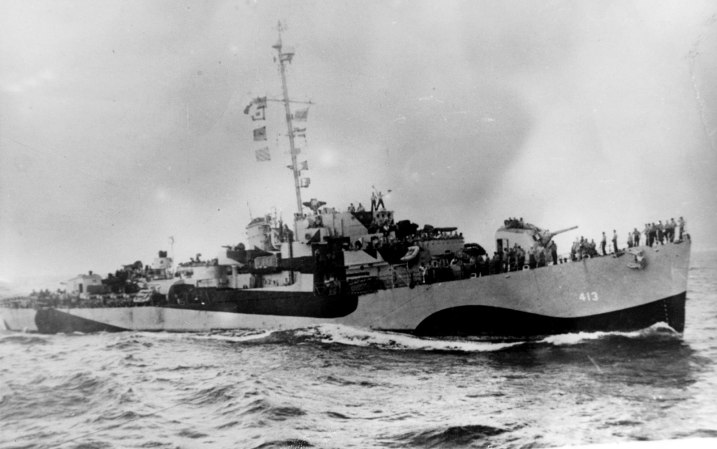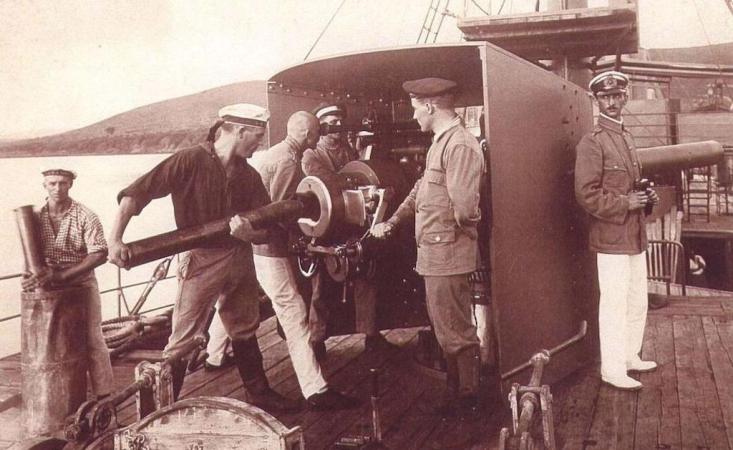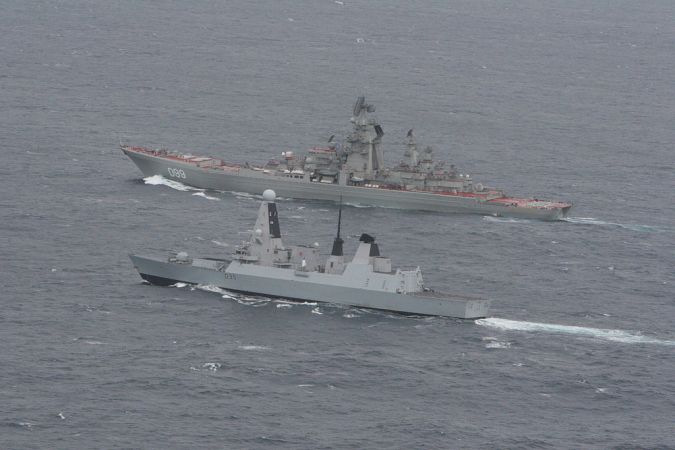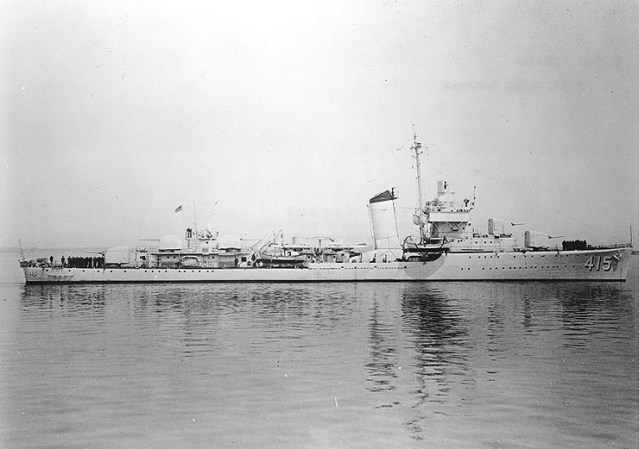Over the course of the early 20th century, two Navy admirals of different eras recognized the tremendous impact of new technology and took the actions necessary to revolutionize naval ships, and thus Naval warfare over the 20th century. These men were John “Jackie” Fisher of the British Royal Navy and Hyman Rickover of the U.S. Navy.
Jackie Fisher was the top British admiral during the two decades before World War I. Born in 1841 to a humble family, he started his naval career when the British Royal Navy was still in the days of the Age of Sail. At 13 years old, Fisher was a naval cadet on the famous HMS Victory, Lord Admiral Nelson’s flagship at the crucial British victory at Trafalgar during the Napoleonic Wars. At the time, 1854, life aboard a British warship was dangerous, arduous, and brutal, and later Fisher would make major personnel reforms to make the entire Royal Navy a more professional military service.
During Fisher’s career, the Royal Navy progressed rapidly from sail-powered wooden ships to first iron-clad sailing ships assisted by steam engines to all steel hulls propelled by coal-fired boilers. Armaments saw similar revolutionary improvements from smoothbore cannon firing solid iron shot with black powder to rifled, breech-loading guns fully encased in electric-powered steel turrets. After serving in progressively higher positions and seeing combat in China and Egypt, he began a rapid climb to the top. He alternated command at sea to command of critical departments, such as the Director of Naval Ordnance, where he could influence the development of new weapons and types of ships. Realizing the rapidly rising improvements of the technology in metallurgy, propulsion, and ballistics, he pushed the British navy into all-steel, turreted warships exemplified by the Dreadnaughts of World War I and into World War II.

Fisher also made personnel reforms that dramatically improved the lives of ordinary sailors, eliminating brutal punishments such as flogging, creating a professional career path for enlisted sailors, and improving technical training for officers. During his tenure, fleet tactics, such as combining different types of ships in “battle groups” of battleships, cruisers, destroyers, and submarines, were developed and are still in use today. In 1904 he achieved the highest office in the Royal Navy, First Sea Lord, made a baron in 1909, and retired in 1911. Unfortunately for the Royal Navy, both naval technology and tactics of the day were easy to copy, and by the time World War I broke out, the Imperial German Navy was on par with the Royal Navy in the technical aspects of their ships, with lower numbers of capital ships, but a surplus of submarines. This parity ensured that no decisive “grand fleet” battles ever took place.
While Jackie Fisher excelled at connecting improvements in technology across the components that make up warships, and then implementing new tactics to employ those warships, American Admiral Hymen Rickover envisioned how the power behind atomic weapons, then in development, could change warship propulsion forever.
Hyman Rickover was born in 1900 in Poland to Polish Jewish parents. The family immigrated to the U.S. and settled in Chicago. He graduated from the Naval Academy and served on several ships at sea, gravitating towards engineering. He received a master’s degree in electrical engineering from Columbia University and commanded several submarines prior to the start of World War Two. He specialized in commanding repair and refitting facilities at Pearl Harbor and later Okinawa until the end of the war. In 1946, Captain Rickover got himself assigned to the still ongoing Manhattan Project, which had just produced the world’s first nuclear weapons. He saw the potential of nuclear propulsion and the radical effect it could have by eliminating the need to refuel, and in the case of submarines, surface-to-charge batteries. As an admiral, he directly oversaw the nuclearization of America’s capital surface ships and submarines.

On the morning of January 17, 1955, Commander Eugene P. Wilkinson, first captain of the new U.S.S. Nautilus, sent a memorable and historic message, “Underway On Nuclear Power,” upon departing the U.S. submarine base at Groton, Connecticut. In just six years, under Rickover’s direction, the U.S. produced the world’s first nuclear-powered submarine. During July through August 1958, the Nautilus sailed submerged under the North Pole ice cap.
After the Nautilus’ successful trials, fleets of nuclear-powered attack submarines, silent and deadly, and then later nuclear submarines carrying nuclear intercontinental missiles, were launched. For his vision and determination, Admiral Rickover is widely referred to as the “Father of the Nuclear Navy.”
Seeking to protect their countries from rising threats, it only took two extremely talented men to completely revolutionize naval warfare in the 20th century.


